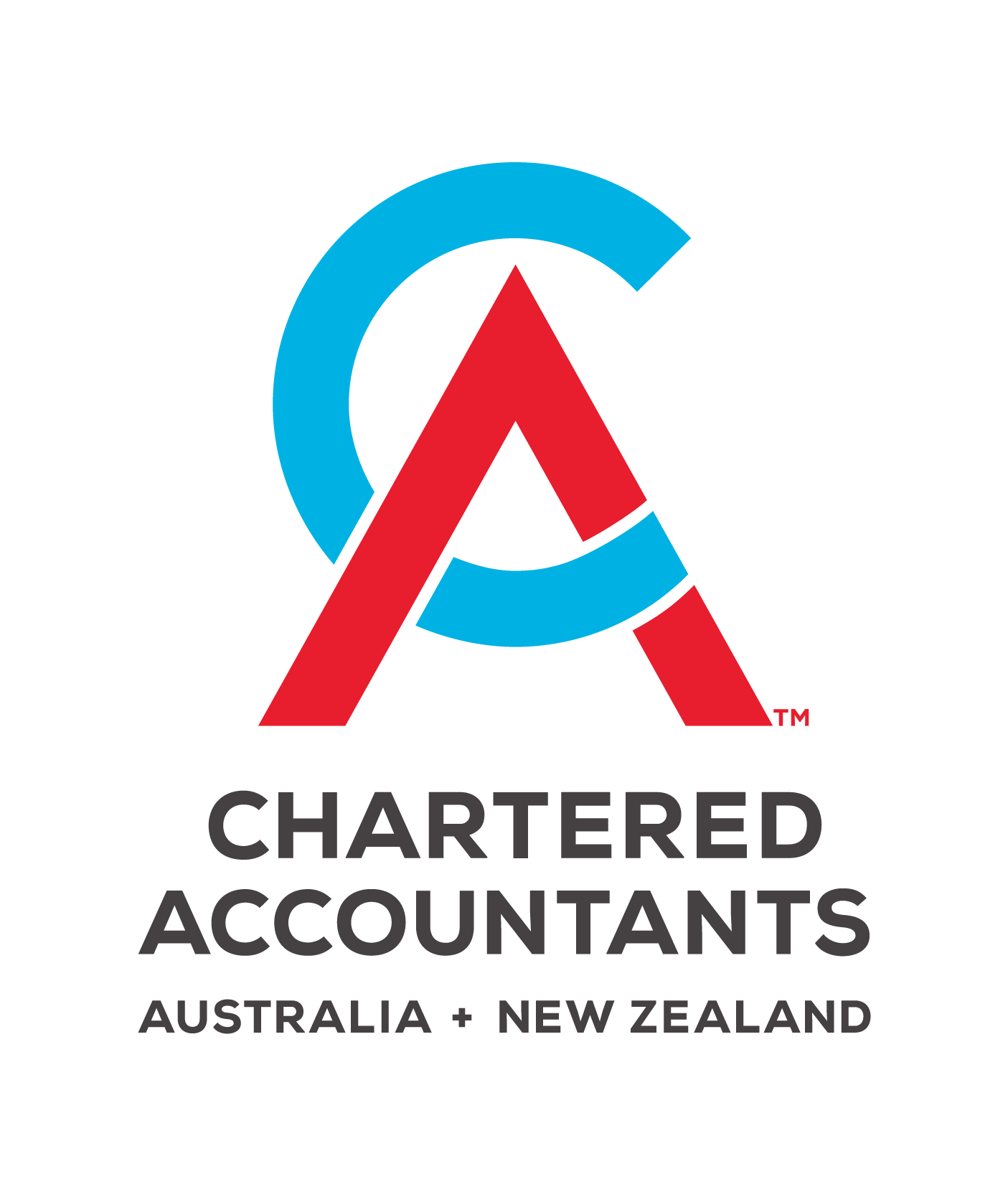News Articles
Construction Industry
Cashflow & managing projects
Part One
By Brentnalls Construction Team
16 October 2023

Recently, the team from Brentnalls Construction hosted a series of leadership roundtable discussions. As a result, we conducted reached to consolidate views on how the industry manages complex business management while achieving cashflow objectives. The result is a series of three articles that combine our findings and pose vital questions about the industry’s readiness for survival in this current climate, while offering solutions to these questions.
Cash is king, this statement still rings true
Construction organisations feeling the pinch often experience cashflow problems, and this critical pain point is often exacerbated by not having timely, accurate, and meaningful project profitability reports at their fingertips.
Caused by numerous factors, cashflow gaps force construction organisations to delay paying their suppliers and employees while squeezing their ability to order equipment, materials, and supplies for a project.
Organisations should not accept new projects to grow their businesses without the funds or working capital required to manage the existing book of projects. More importantly, they may not be able to meet various prequalification status criteria to tender for government works at or above a certain value as a result of not meeting their working capital or profitability ratios.
In this series of articles, we explore and discuss the importance of how organisations are battling insolvencies and the steps to mitigate financial risk. More specifically, we touch on the most robust ways reporting can be used to drive the profitability of their business.
Growth and cashflow
Without decent cashflow, construction businesses can forget about expanding their workforces or offering existing
employee benefits
and pay increases, which poses a significant risk in the post-pandemic
construction labour
market. At its worst, a lack of cashflow can seriously thwart an ability to succeed, and many fail without steady cashflow.
88% of contractors agree that inappropriate risk allocation is one of the main impediments to reducing construction cost, according to a recent report by the Australian Constructors Association.ii
Australian Constructors Association
Market Sentiment Report
With construction organisation insolvencies increasing by 30% over the last twelve months, according to research from credit agency Equifaxi, one way of staving off creditors and maintaining cashflow is by putting greater emphasis on work-in-progress (WIP) reporting. Hence, a WIP report is critical in telling them where each project is from a performance and cashflow perspective.
What is a WIP report?
The WIP report reveals where active jobs or projects have been invoiced in advance. In addition, the report identifies where costs have been incurred on a project until it can be billed based on a particular stage or milestone or its contractual obligations have been met; this difference usually boils down to who’s funding the project.
Construction organisations typically aim for the project cashflow to come from clients through invoicing clients for a more significant portion of the contract in the earlier stages (upon agreement), i.e., resulting in billings that are higher than costs to assist with funding in the later stages of a project. However, when carrying costs without billing for a period of time, i.e. WIP, this is recorded in the balance sheet as an asset. It invariably means that the organisation is financing the project, which can jeopardise completion and negatively impact profits if not managed well.
To make a project’s financial and project management aspects more clear-cut, organisations increasingly rely on WIP reporting tools and software solutions. These platforms, such as a construction enterprise resource planning (ERP) system with accounting software, are designed specifically for the industry.
A construction WIP schedule should provide a status update on projects underway, including whether they are on budget, based on the timeline. The report also offers valuable details about how the fiscal milestones relate to the various project phases.
A typical WIP report will include the following metrics:
- The job description
- Total Estimated Project Income
- Total Estimated Project Costs
- Total Estimated Project Profit
- Project Income for the month and to date
- Project Costs for the month and to date
- Stage of completion of Project
- Work In Progress (based on stage of completion of Project)
- Income in Advance (based on stage of completion of Project)
- Project and Overall Profit for the month and YTD
- Estimated Project costs still to be incurred
- Estimated Project Revenue still to be invoiced
- Variations to be raised/invoiced

Capturing and recording this data across all departments in a timely and accurate manner can help businesses be more in control of managing their project costs, ultimately managing and driving profits as well as cashflow more effectively.
Project profitability - finding the right systems & processes
There are many reasons why businesses should invest in the right systems and processes to monitor project profitability.
Staying on time with a project and within budget is a continuous challenge. Most projects involve many shuffling components such as recruiting and retaining labour, supply chain management, contracts, and cost estimation.
To contain overruns and budget blowouts, businesses must track and report all costs in detail. Therefore, this is where managing your WIP and project costs will prove advantageous and allow construction businesses to monitor the many stages of a project’s completion. Hence, having timely reporting and appropriate systems and processes allows businesses to pick up variations quickly. It’s vital that all such reporting processes are automated, enabling businesses to get this information promptly. If businesses don’t manage their WIP effectively, they can lose substantial sums of money.
Without the right technology/software solution supporting project profitability reporting, businesses may only catch onto problems when it may be too late in the piece. Once the horse has bolted, organisations will have significant issues pulling projects and costs back into line or even have the opportunity to identify variations that need to be approved by the client before it all gets way out of hand. Project managers must deal daily with multiple change requests requiring rapid decisions. This constant flux can make tracking and reporting on WIP an arduous undertaking.
In summary, as the industry grapples with the challenges of cashflow management and project profitability, it becomes increasingly evident that the adage "cash is king" remains as true as ever. Effectively managing cashflow and project profitability becomes increasingly a priority, especially as the industry continues to face challenges. To confront these challenges, construction firms should prioritise the adoption of comprehensive reporting tools, particularly WIP reports. These reports serve as vital barometers of a project's financial health, equipping businesses with the information needed to make informed decisions and proactively mitigate financial risks.
In the second instalment, we delve into the realm of project reporting and its role in minimising financial risk by harnessing working capital, thereby facilitating quicker and more precise business decision-making.
ii
https://www.constructors.com.au/advocacy/collaborations/market-sentiment-report/
Discuss Further?
If you would like to discuss, please get in touch.
Disclaimer
The information provided in this article does not constitute advice. The information is of a general nature only and does not take into account your individual financial situation. It should not be used, relied upon, or treated as a substitute for specific professional advice. We recommend that you contact Brentnalls SA before making any decision to discuss your particular requirements or circumstances.






